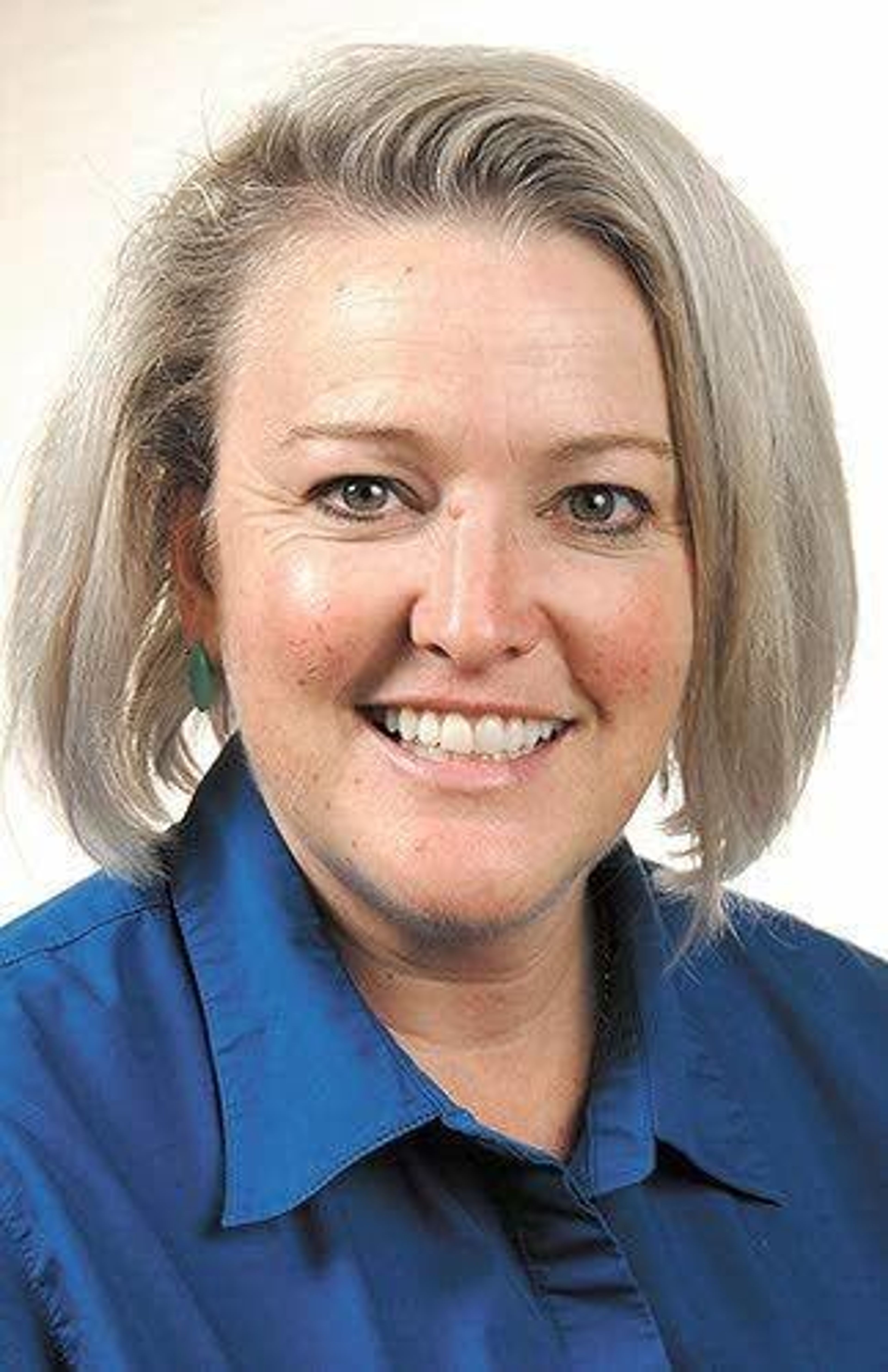Forest Service unveils its game plan
Agency releases management package for the Nez Perce-Clearwater forests and is giving residents 60 days to respond
A 60-day comment period opened Tuesday for the public to voice any objections to the final revised draft land management plan of the Nez Perce-Clearwater National Forests.
The plan, which has been a decade in the making, was announced Tuesday and will guide the management of lands within the 4-million-acre combined forests. It updates the management direction adopted 36 years ago.
Cheryl Probert, supervisor of the forests, said the plan provides the foundation for land management decisions on the Nez Perce-Clearwater National Forests.
“It is informed by the best available scientific information and seeks to balance the social and economic desires of people with the long-term capability of the land,” Probert said. “My goal was to find the sweet spot — a decision that best provides for current social and economic needs while sustaining the health, diversity and productivity of the forest for future generations.”
The revised plan is built on an “all lands” approach to land management that recognizes the need to consider adjacent lands and ownerships when developing strategies to reduce fuels, enhance climate resiliency and address the wildfire crisis. It also focuses on working in partnerships, including co-stewardship with the Nez Perce Tribe.
Among other things, the plan projects that local communities would receive a boost in employment and labor income through timber management, recreation, fuel mitigation and other factors. Zach Peterson, a spokesperson for the forests, said the revised plan is expected to support about 4,000 jobs — up from about 2,400 jobs currently — and add another $163 million in labor income.
The plan calls for the treatment of about 64,500 acres annually in response to the national wildfire crisis. That includes reducing the risk of catastrophic wildfire, improving vegetation and achieving desired conditions for the forested environment. An annual timber harvest of 190-210 million board feet is projected.
Peterson said over the past two years the agency has sold between 90 and 100 million board feet each year, primarily as a byproduct of work to restore forests to their natural range of variability and address the wildfire crisis. The increase to 190 to 210 million board feet annually would result in forests being within the natural range of variation within 35 to 40 years, he said.
To reach that goal, disturbance is needed on about 60,000 acres each year. The majority of that acreage would be disturbance through fire, including prescribed fire. Timber harvest would be the preferred method of restoring about 10,000 acres annually. These acres are generally near communities and timber mills and in areas where the forest is managed for multiple uses.
The plan also recommends lands for inclusion in the National Wilderness Preservation System and rivers eligible for inclusion in the National Wild and Scenic Rivers system.
A total of 225,000 acres are recommended for wilderness designation, including two areas carried over from the 1987 Forest Plans with boundary adjustments — Mallard Larkins and Hoodoo — and the new 73,000-acre Meadow Creek Recommended Wilderness east of Elk City. In total, this represents an increase of 60,000 acres of recommended wilderness over levels in the 1987 plans.
Eleven river segments are considered suitable for inclusion in the National Wild and Scenic Rivers system, including Cayuse, Fish, Hungery, Weitas, Kelly, North Fork Kelly, Middle Fork Kelly, South Fork Kelly, Colt Killed, and Meadow Creeks and the undesignated segment of the Salmon River. These streams will receive interim protection measures. The Little North Fork Clearwater River remains eligible with no decision regarding suitability. The majority of that waterway lies within the neighboring Idaho Panhandle National Forests.
Idaho County Commission Chairman Skip Brandt said that, so far, he has only “scratched the surface” of the 300-plus page plan document and there is “good and bad in the whole thing.”
“My first look was at the recommended wilderness and I am not in favor of any additional wilderness, so that is a negative,” Brandt said.
He pointed out that the Meadow Creek area near Elk City is in the critical wildfire crisis management area, and yet it has been recommended for wilderness designation.
“So here’s this area designated (as a place) that needs to be managed for wildfire risk and we’re going to lock up 72,000 acres where the Forest Service can’t manage it,” Brandt said. “It doesn’t make sense.”
Brandt said the proposed amount of annual timber harvest “is not enough to truly treat the acres” for wildfire risk.
“You have to treat them (meaning harvest the timber), you can’t just continue to lock things up or barely scratch the surface if you want to actually have an effect on things,” he added.
“I believe the Forest Service is sincere in wanting to do treatment but the Forest Service is its own worst enemy in the aspect of their processes. If they truly want to protect the habitat you have to protect the area around it. But that gets caught up in the minutia of the Forest Service process.”
Clearwater County Commission Chairman Vince Frazier wasn’t immediately available for comment.
Following the 60-day objection filing period, Peterson said, the agency will have 90 days to resolve the objections. A review officer at the regional office in Missoula, Mont., will then give instruction on anything that needs to be changed. From there the document will be finalized and implementation can start 30 days after the decision is signed, which would be about six months from now, Peterson said.
Hedberg may be contacted at khedberg@lmtribune.com.









